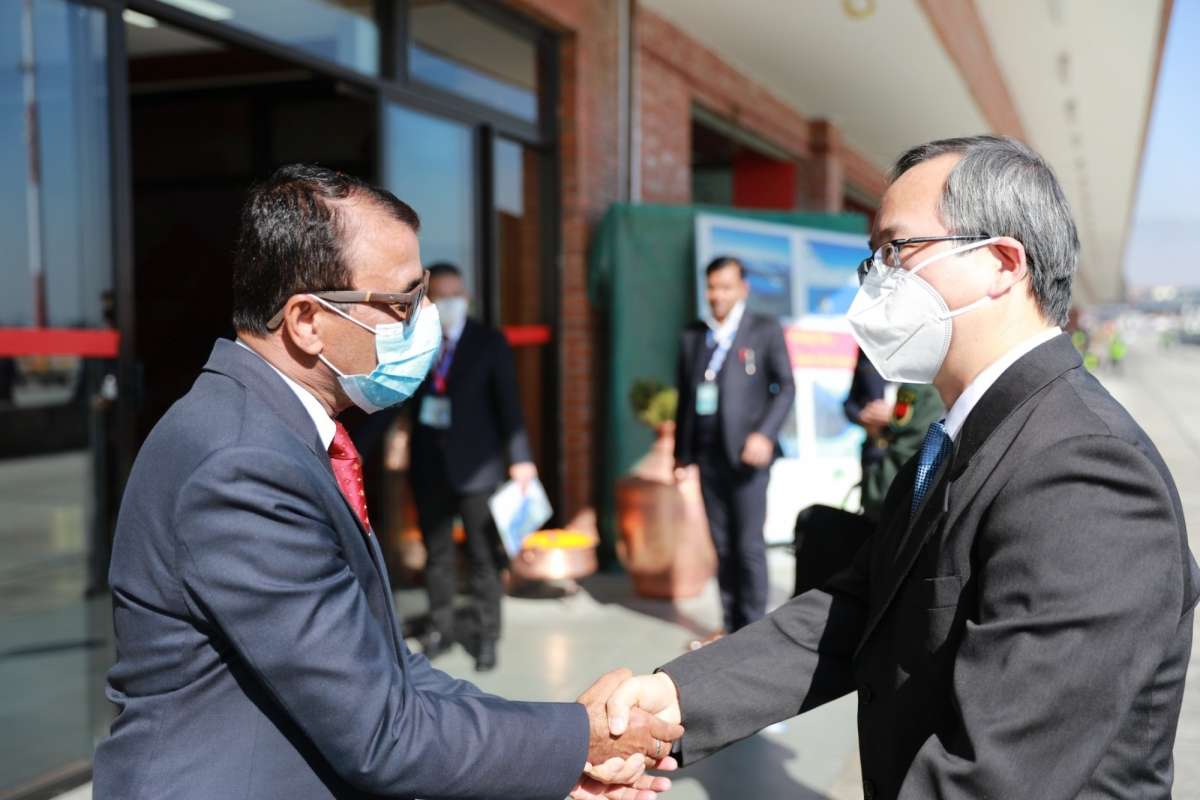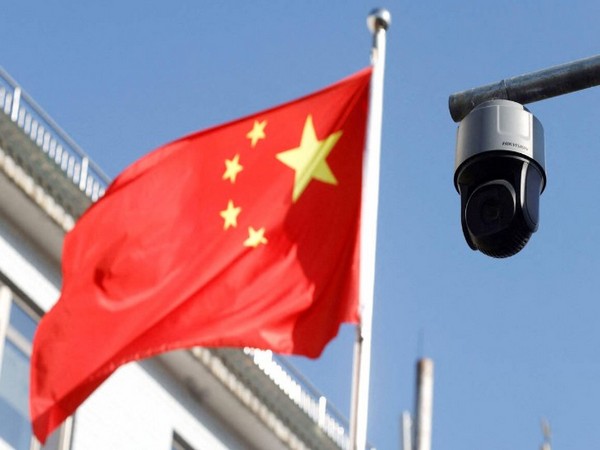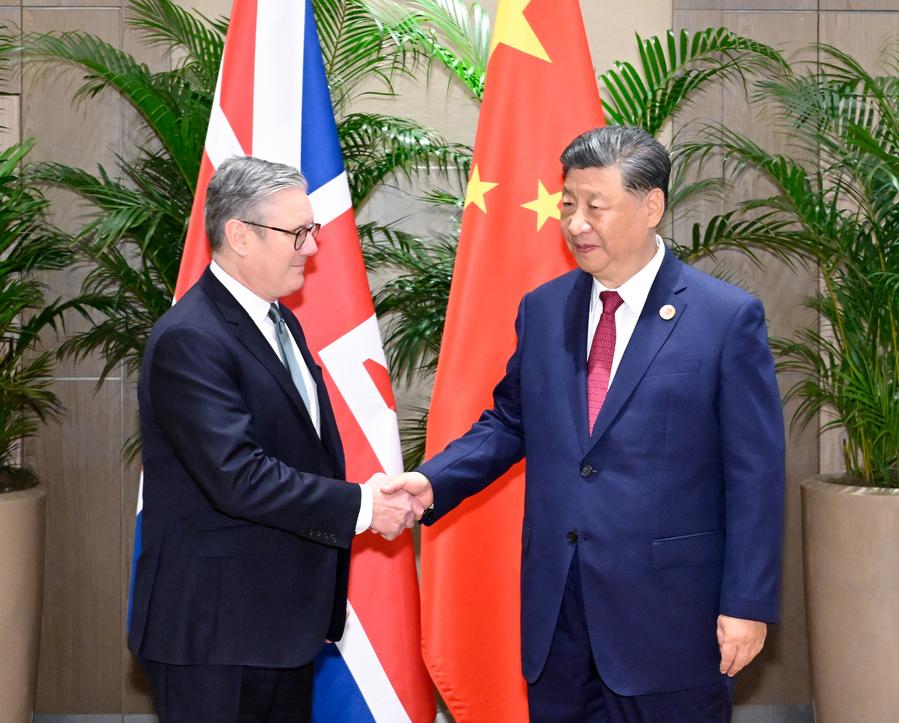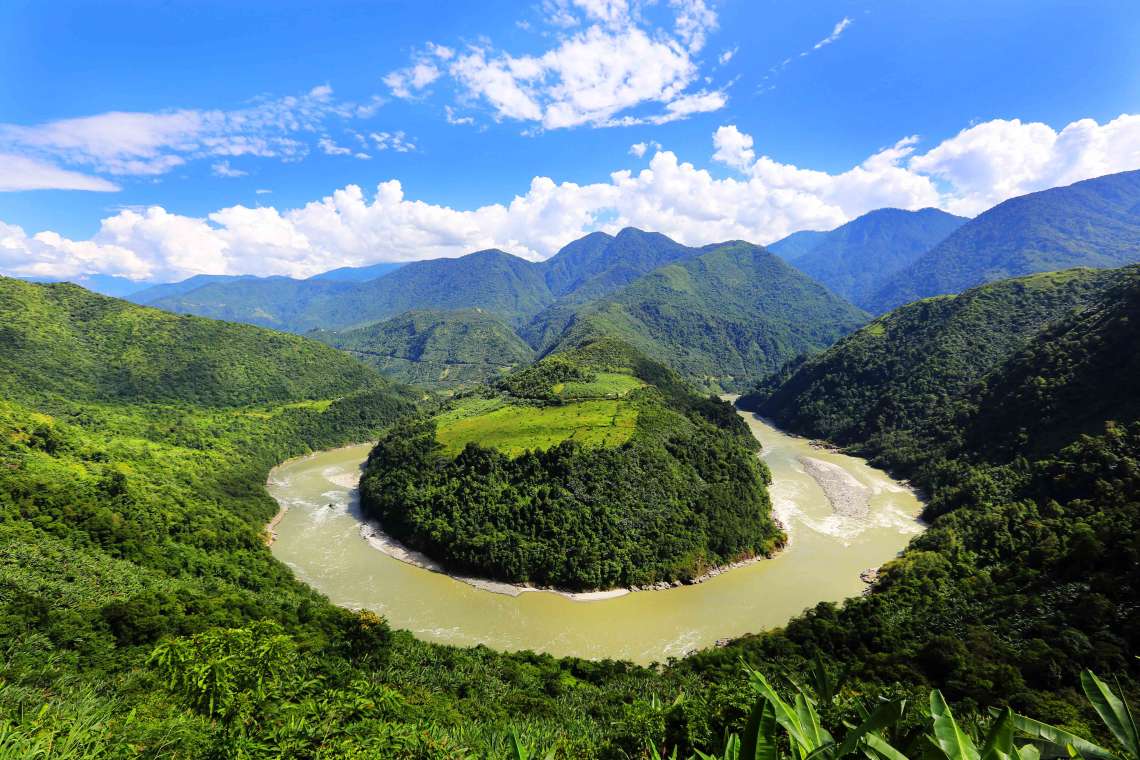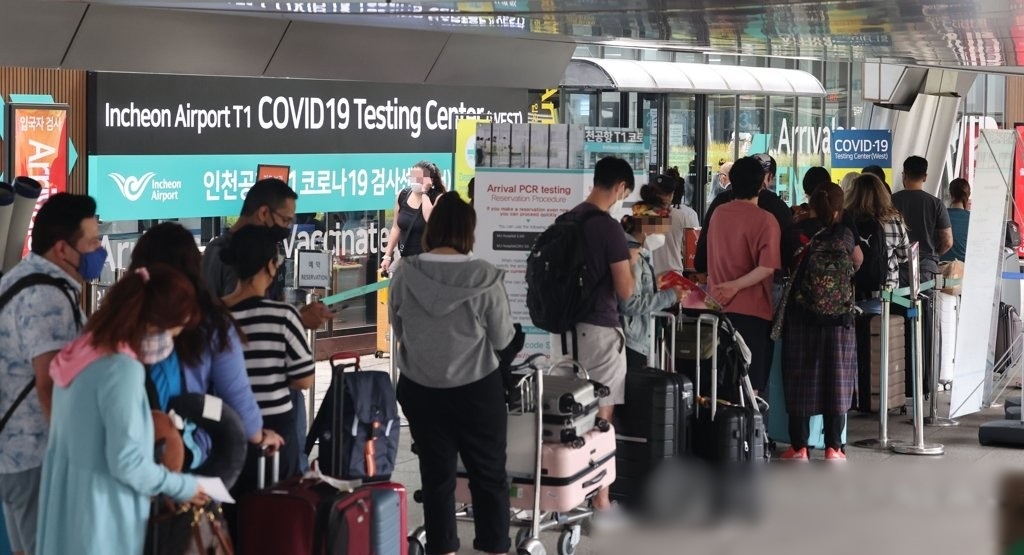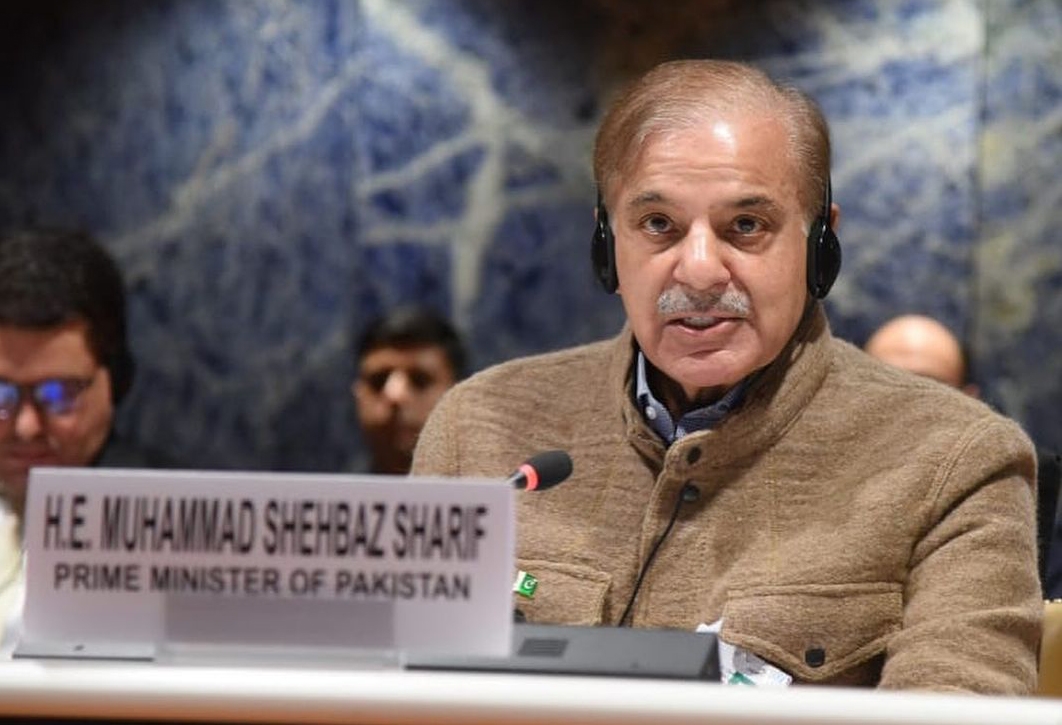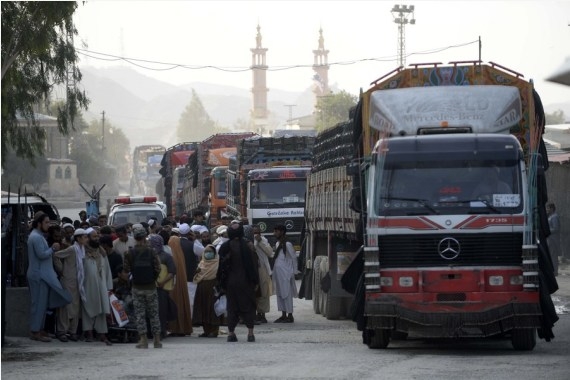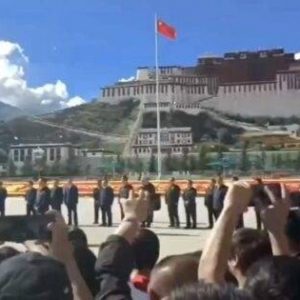With the new communist-dominated government came to power under the leadership of Maoist Chairman Prachanda late last month, China has nudged Nepal to expedite BRI projects…writes Santosh Ghimire
China’s new ambassador to Nepal, Chen Song, who arrived in Kathmandu on Sunday to assume his office, has pledged to deepen ‘strategic partnership’ with the South Asian nation.
But the chances of achieving success are uncertain as strategic competition with India in South Asia, including Nepal, is red-hot.
In his arrival statement at the Tribhuvan International Airport, the Chinese diplomat said “I am ready to work closely with Nepali friends from all walks of life, gather wisdom and pool strength to bring more benefits to the two peoples, and jointly write a new chapter of the ‘China-Nepal Strategic Partnership of Cooperation Featuring Ever-lasting Friendship for Development and Prosperity.”
The phrase ‘China-Nepal Strategic Partnership of Cooperation Featuring Ever-lasting Friendship for Development and Prosperity’ was first used in a joint communique issued after the visit of Chinese President Xi Jinping to Nepal in October 2019. The two countries had elevated their relationship to a “strategic partnership” during the visit.
The ambassador also claimed that China-Nepal practical cooperation in various fields has been improved both in quality and efficiency in recent years under the framework of the Belt and Road Initiative (BRI) and Global Development Initiative (GDI). Contrary to the ambassador’s claim, not a single project has been executed under the BRI in Nepal. The Himalayan nation joined China-led BRI in May 2017. Since then, the successive governments in Nepal have shown little interests towards executing BRI projects owing to debt trap fear.
With the new communist-dominated government came to power under the leadership of Maoist Chairman Prachanda late last month, China has nudged Nepal to expedite BRI projects.
In his statement, the ambassador also said that trans-Himalayan Multi-Dimensional Connectivity Network, a strategic network, has gradually taken shape. The big network is also a part of the BRI which involves the building of railways and communication networks. A team of Chinese railway engineers is presently in Nepal to conduct the feasibility study of the cross-border railway to link China’s Tibet with Kathmandu.
The ambassador’s statement can be described as China’s continued attempts to expand its influence in Nepal through various initiatives including the BRI, analysts said.
Chen, a senior Chinese diplomat, has replaced Hou Yanqi who returned to Beijing after completing her four-year controversial tenure in October last year.
Hou, who faced criticism for her overt and covert meetings to unify the communist parties during her stay in Nepal, has been appointed as China’s ambassador to ASEAN.
Prior to this, Chen oversaw China’s ties with South Asian countries including Nepal, India and Pakistan.
(Santosh Ghimire is India Narrative’s Nepal correspondent based in Kathmandu)


